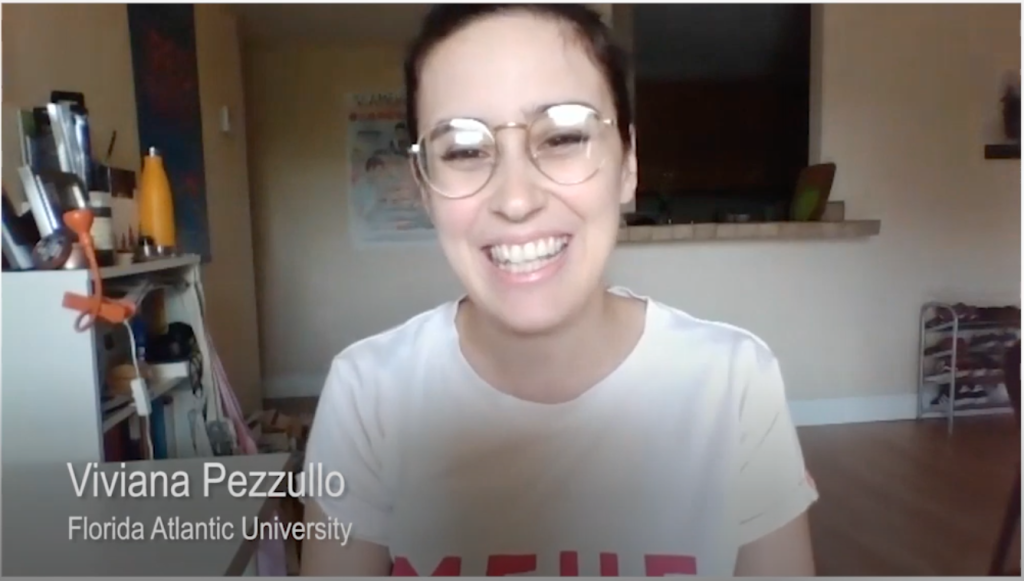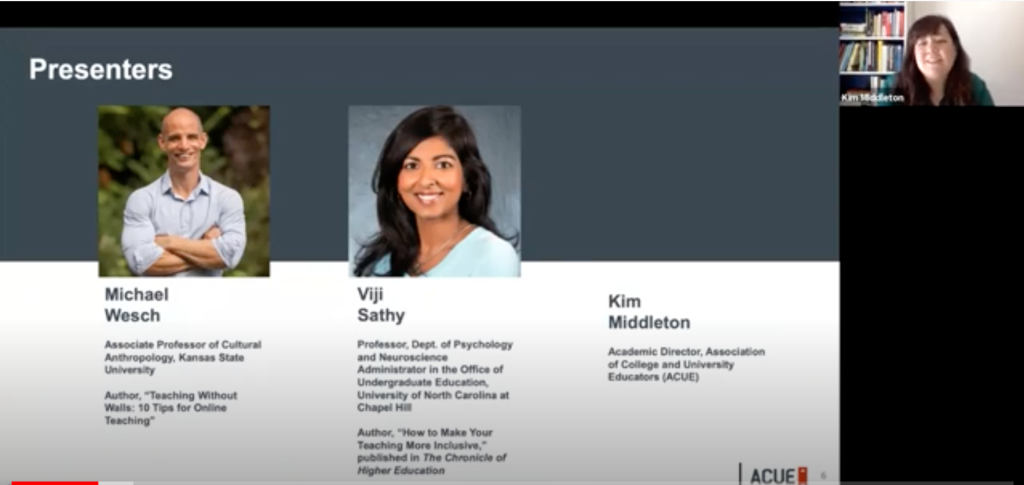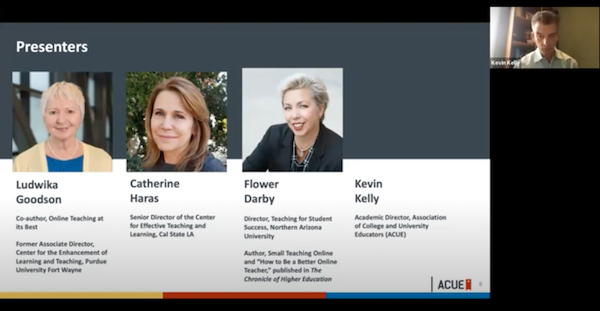Reaching out to Struggling Students, Virtually
Viviana Pezzullo, graduate teaching assistant and PhD candidate at Florida Atlantic University, relies on simplicity and human connection to reach her students during the transition to virtual instruction.
Viviana Pezzullo, a graduate teaching assistant at Florida Atlantic University (FAU), started the spring 2020 semester excited for the opportunity to teach an Introduction to World Literature course.
“Teaching literature is what I really love,” says Pezzullo. “It’s what I want to do at the end of this, after all.”
When Pezzullo, who grew up in Italy, studied in France, and worked in Poland, decided to pursue her PhD in Comparative Studies, she made the journey to Florida. FAU’s approach to teaching and learning, which includes providing graduate students the ability to teach and giving instructors the ability to try new approaches and techniques, appealed to Pezzullo, who hopes to pursue a career in education. “I wanted the pedological experience, and I knew that teaching as a graduate student would help my growth as an educator,” she explains.
Little did she realize that so soon into her teaching career, a pandemic would force her to rethink what she knew about instruction. While one of the language courses she was teaching was already online, she had to switch her Intro to World Literature course to an online model.
“My first instinct was to figure out how to maintain that same level of energy I have in that face-to-face class,” she says. “I have a very active group of students who, like me, were sad to not be in the classroom environment anymore. During the move to virtual learning, I tried to keep things as simple as possible, recognizing this transition was hard for them, too.”
Pezzullo, an ACUE-credentialed instructor, looked for ways to apply what she’s learned in her effective teaching practices course into her virtual classroom—starting with checking in with her students and asking them for feedback on how to adjust assignments in the most effective way.
“I decided to reach out to all my students in a survey to let me know by name how they are doing, where they are, if they have their own computer or if they have to share with a family member, if they are still working — practical questions like that,” Pezzullo explains. “I wanted to be able to personally reach out to my students who are struggling.”
One student, for example, responded to say she was having a hard time and was worried about completing the work since she has difficulty with reading. Pezzullo decided to record herself reading the text and sent the recording to that student to make the transition less stressful.
There were other tools Pezzullo tried to pull out from her ACUE “toolkit” as well. For instance, since classroom participation made up a significant percentage of her students’ grades, she had to rethink how they could receive credit for virtual participation, implementing both video and written discussion.
“I developed a checklist that also serves as a rubric to share with my students that shows what they need to do to earn their participation grade—including engaging in comments through videos and providing thoughtful responses to other students,” she says.
Additionally, she created bi-weekly video announcements that communicate upcoming deadlines, answer questions she regularly receives through emails, and recognize students who have provided helpful contributions to the class’ virtual discussions. Pezzullo has found providing audio feedback while grading students’ textual analysis has been helpful in not only saving her time but also giving her the opportunity to offer her students actionable pieces of advice to address specific areas in her grading rubric.
“I think the most common mistake people make when trying to transition to online teaching is to try to replicate what they would do in the classroom, and that’s just not possible,” Pezzullo says. “So I did all I could do to simplify my assignments and instruction, while also trying to incorporate some of the activities my students enjoyed in class.”
Viviana Pezzullo is an ACUE-credentialed graduate teaching assistant in the Department of Languages, Linguistics and Comparative Literature and a PhD Candidate in Comparative Studies at Florida Atlantic University.
Together with Active Minds, we are pleased to announce a new resource designed to help college and university faculty support student wellbeing and mental health. Creating a Culture of Caring, released April 9, provides practical approaches that faculty members can implement in the everyday.






